Mountains And Marinas
Side to Kalkan
We left the steep mountains and everywhere we looked we were surrounded by marble. Turkey is home to 36% of the world’s marble deposits. The Turkish quarries export to more than 120 countries worldwide and are the third largest producer, following China and Italy. It is not surprising we found chunks of marble literally everywhere - holding down umbrellas and sandwich boards, piled against buildings, used as doorstops, in addition to the flooring in every stairwell, and on the walls of many of the places we’ve stayed.
Arriving at the Mediterranean sea backed by the stunning Taurus Mountain range filled me with awe. Our first stop was in the town of Side (pronounced SEA-Da). We had never heard of Side but through an odd series of events we decided to go.
Lunch on a glass floor above ancient ruins.
If I may digress, in 2013 our daughter, Kearney, was an exchange student in Thailand. There, she became best friends with a German exchange student, Sophie. Kearney visited with Sophie in Germany, and Sophie visited with us in Alaska a few times. Over the years we heard much about her parents and a few years ago they planned a trip to Alaska. Unfortunately, the world shut down and it never happened. This past July, while Sophie was again visiting in Alaska, she mentioned her parents would be vacationing in Turkey in October. After some circuitous texting we learned they would be in Side for a week and we arranged to get together. We thoroughly enjoyed meeting them at last, and we all had such a good laugh about meeting neither in Alaska nor Germany AND without either of our daughters present!
Side is a resort town on Turkey’s southern Mediterranean coast. It’s an ancient port city and the town center is built around Greco-Roman ruins. A short walk from the harbor is the remains of a 2nd-century amphitheater, which seated up to 15,000 people. The white marble columns of the temples of Apollo and Athena stand near the harbor and the ruins are open to explore. We hiked around the temples along with many of the other ruins and I also visited a small, very ornate mosque. And, of course, we swam in the ocean at last!
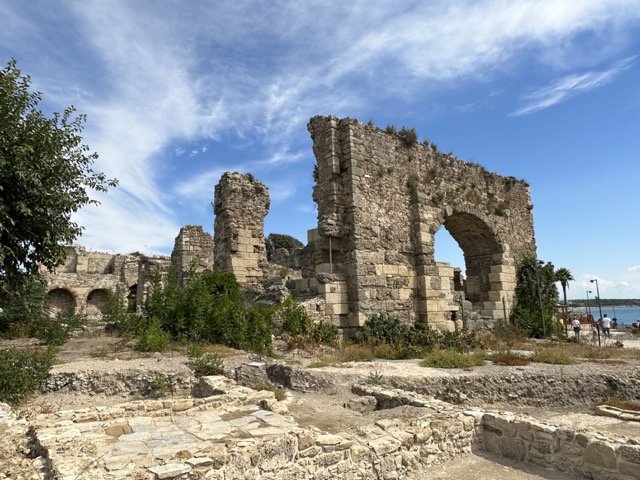
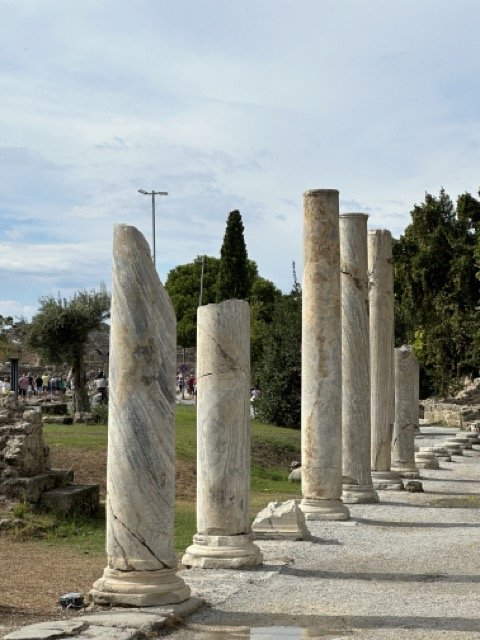
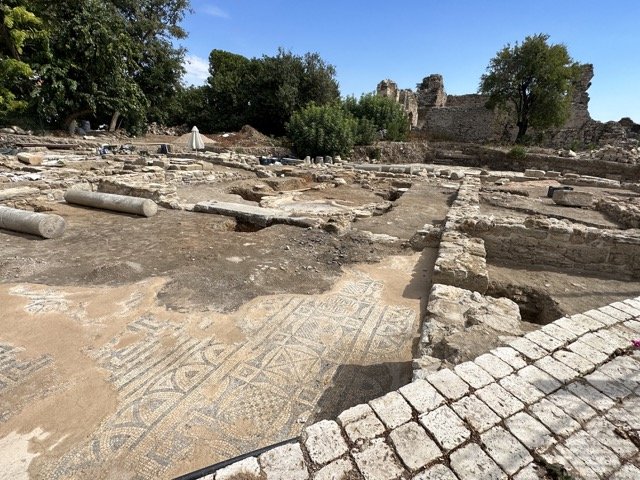

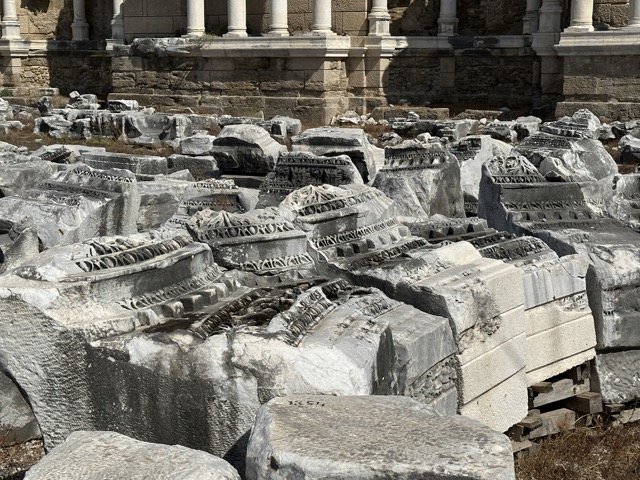
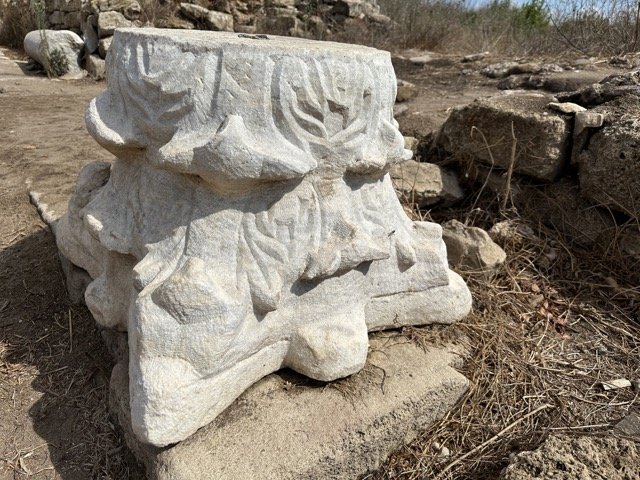
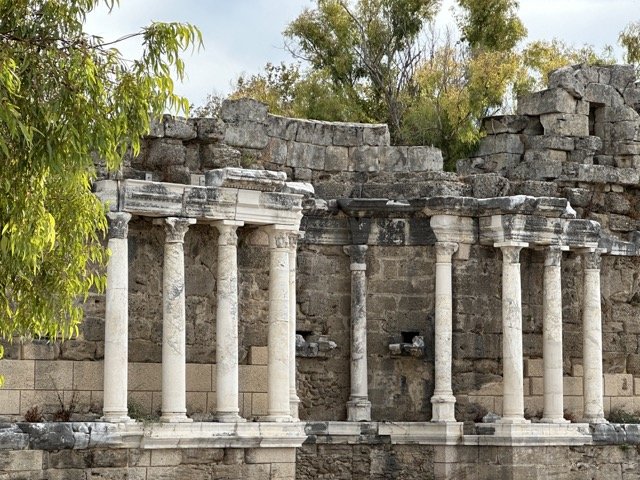
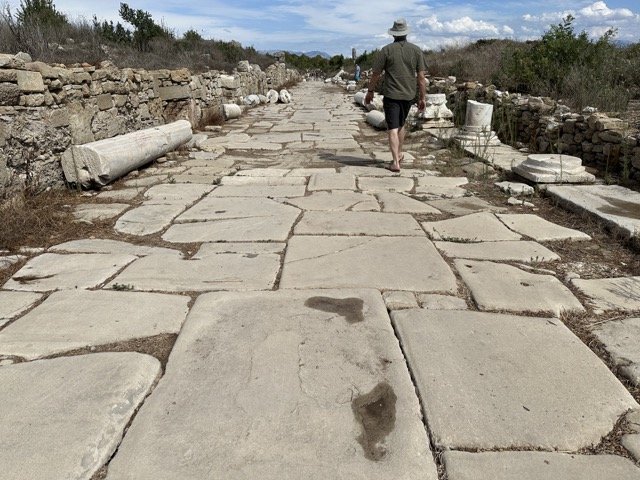
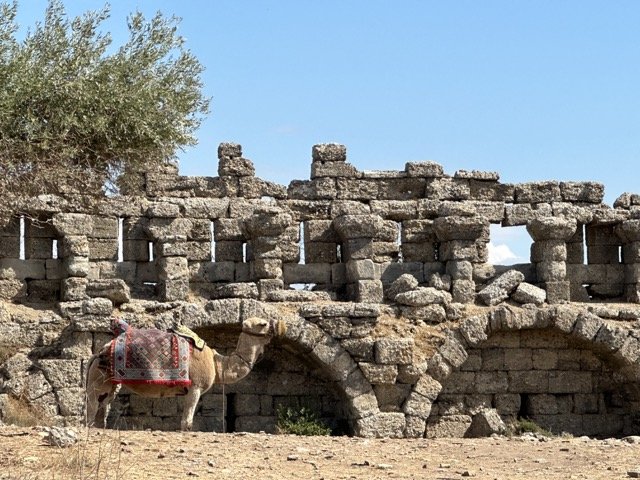
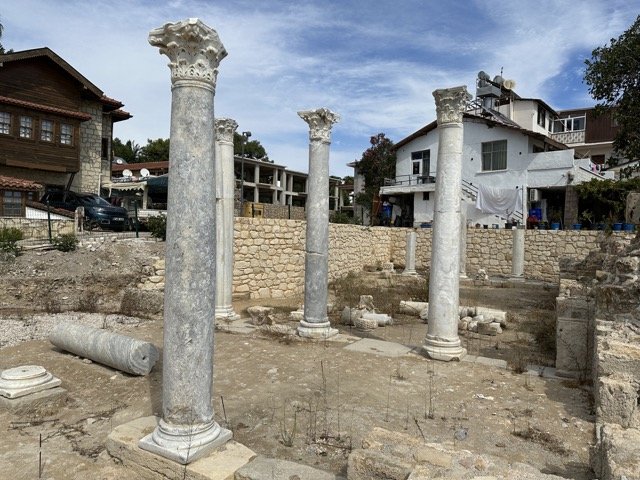
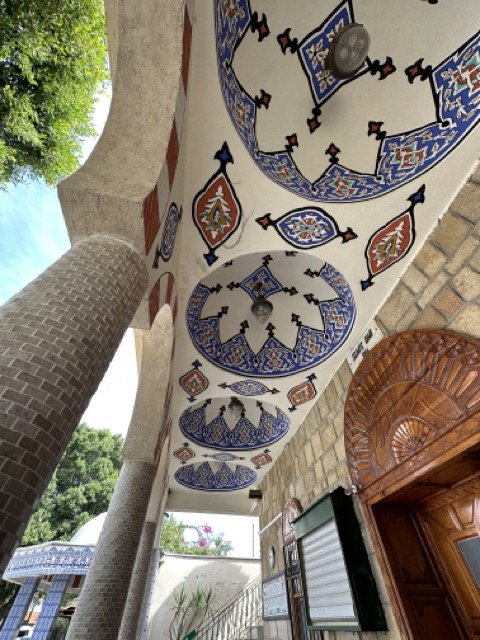
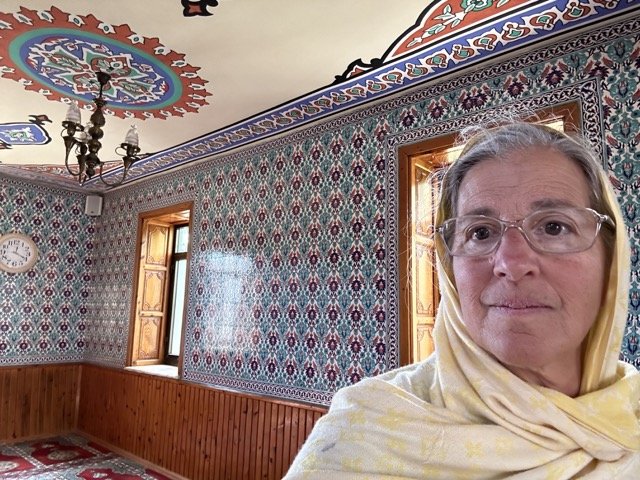
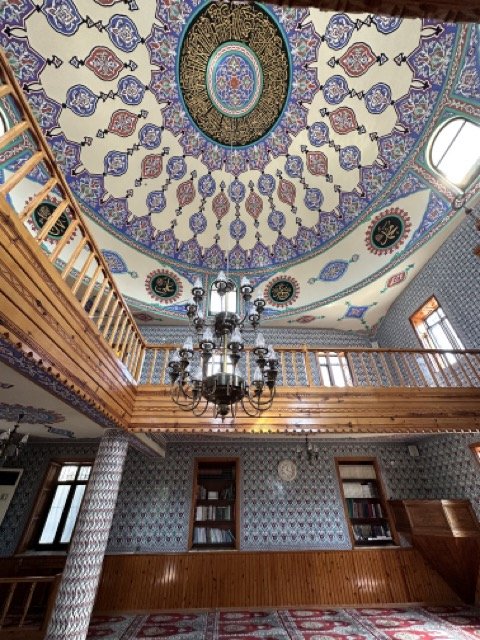
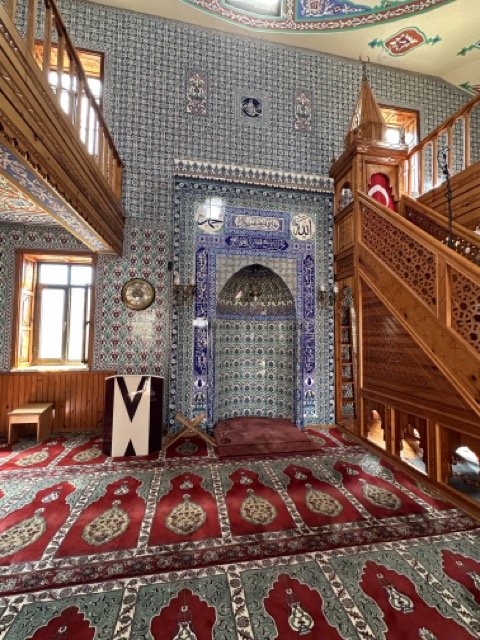
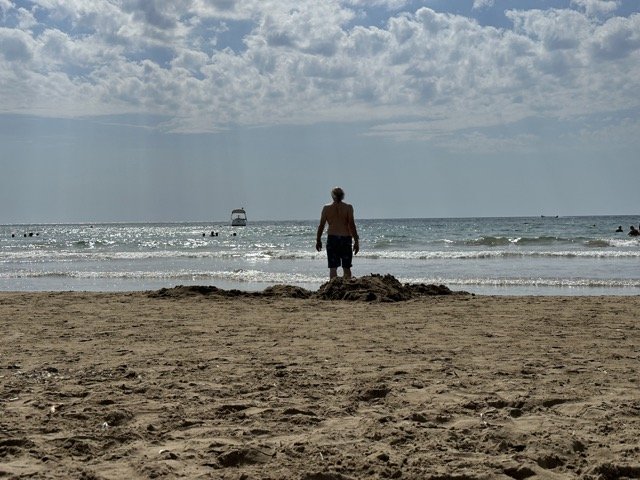

Next we drove to Kemer (pronounced KEM-mej). We had been told by a fellow Nordhavn owner that they had spent two winters there (albeit 20 years ago) and loved it. So we went to investigate. We found a delightful town with pebble beaches and a large marina. The town is backed by the pine forests of Olympos Beydağları National Park where a gondola runs to the top of Tahtalı Mountain. The town is super clean and there are parks and green spaces everywhere. We stayed in the perfect location there. We were in a tiny apartment (you had to close the bedroom door to access the bathroom) but it was two blocks from the main pedestrian district and just a couple more to the marina. We found it to be a quiet, smaller marina with hiking trails into the mountainous pine and eucalyptus forest within walking distance of the harbor. It was time to slow down and relax a bit so we swam in the Mediterranean, chilled under the lime trees poolside, and leisurely strolled the shady city parks and surrounds.
ROOM SERVICE BREAKFAST: Assorted cheeses and a walnut, plum, cherry and apricot preserves, black and green olives, mystery food, french fries, pancakes, sliced cucumbers and tomatoes, omelettes, sliced melon and oranges and fresh bread.
Next we visited Finike (pronounced FIN-i-kah). This town was a bit weird and I felt a strange vibe here. I had read it was a popular resort town famous for its beaches, historic sites and archaeological findings, but it is also one of the largest agricultural centers in Turkey producing year round vegetables and fruit including tomatoes, peppers, melons, oranges, and cucumbers. I was excited to see it. We stayed in a somewhat bizarre hotel room, above the local grocery store, which included a room service breakfast??? There weren’t many options when we were hunting for accommodations but this one had a pool so we went for it. Turned out the pool had been drained for winter. Oh well.
That evening we went out in search of dinner and the town seemed deserted. The streets were eerily quiet and somewhat dirty. We saw no one as we walked the main street near the marina. We ventured further into the depths of the dark city where we began to hear faint music. Following the sound we eventually turned a corner and were elated to find a small, steep, tiered alleyway filled with lights, dining tables, people, music and food. I think the entire town was there! We learned later that everything in Finike shuts down on October 1st. This was October 9th (the full moon) and the Neșeli Balik Restaurant (translation: The Cheerful Fish) which we had stumbled upon was a super cozy, authentic, locally sourced fish restaurant in the middle of nowhere. It was, without a doubt, the best thing about this town.
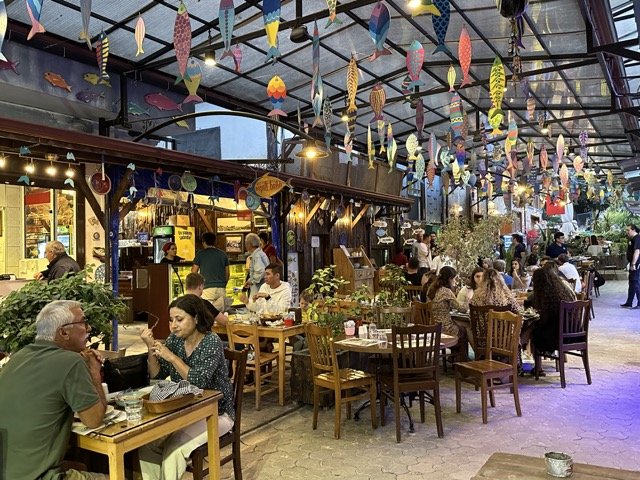

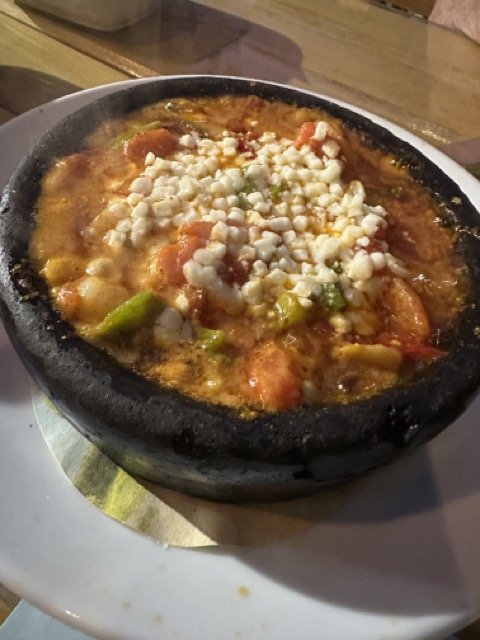
The next day we explored the ruins in Demre just 28 kilometers away. Along the way we dropped into a valley completely covered with greenhouses! Once we arrived we discovered detailed Lycian rock tombs carved to look like they were built of wood. We climbed all over the ancient Myra Ruins and beautiful amphitheater. The legend of Santa Claus, or St Nicholas, can be traced back to a monk whom it is believed was born sometime around 280 A.D. near Myra. Apparently St. Nicholas became the subject of many legends because it is said that he gave away all of his inherited wealth and traveled the countryside helping the poor and sick.
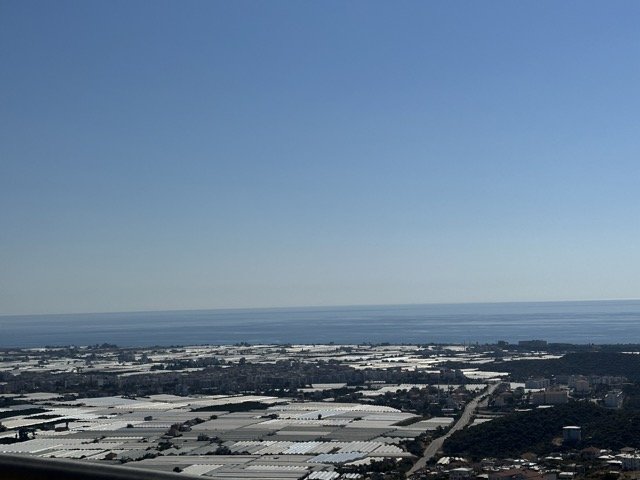

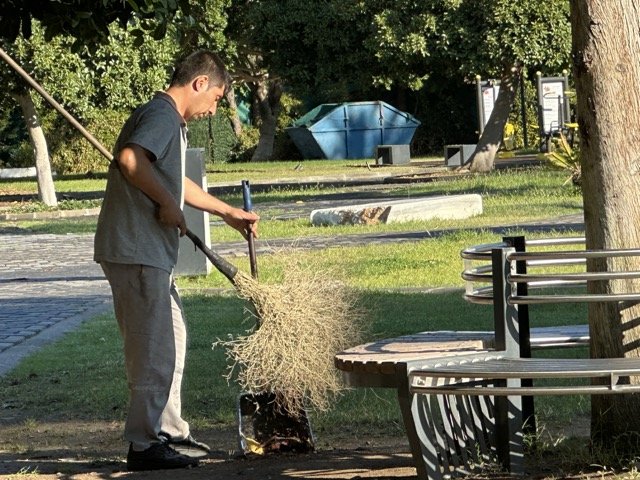

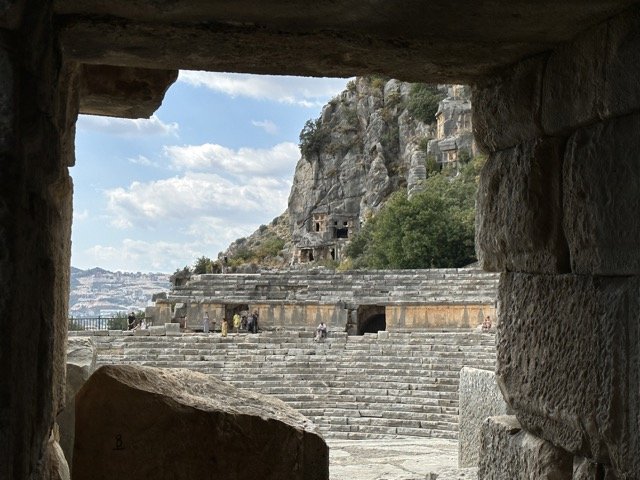

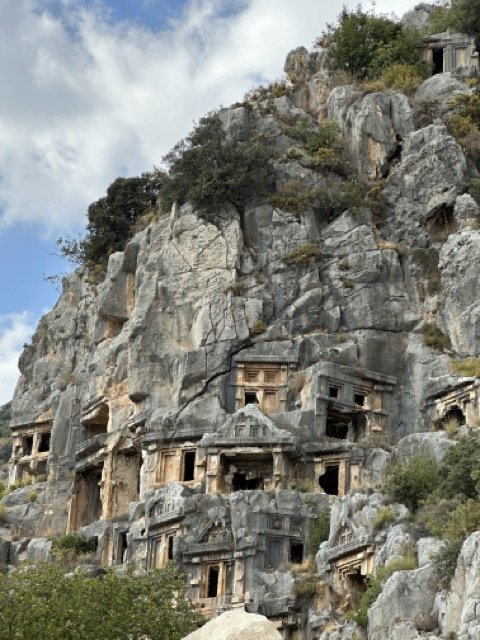
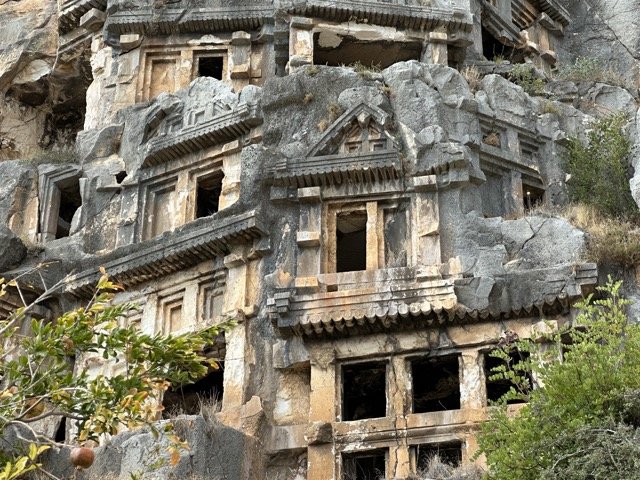
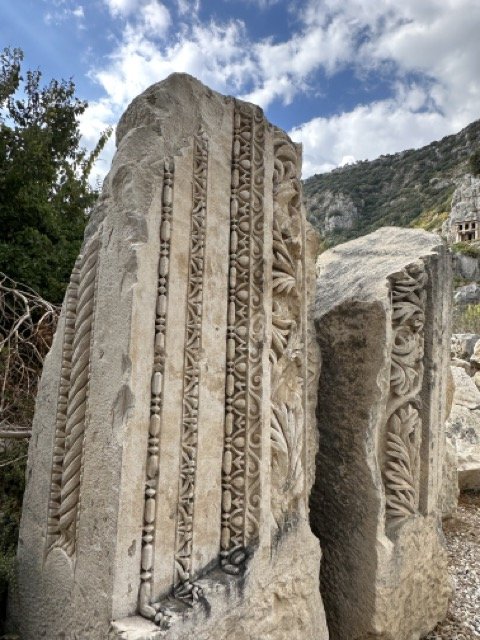

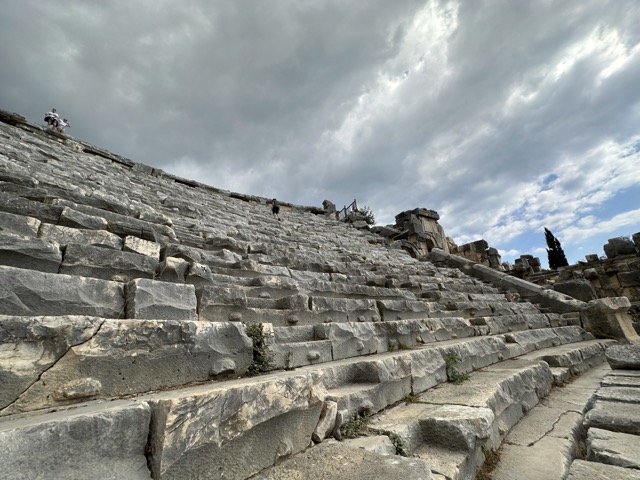


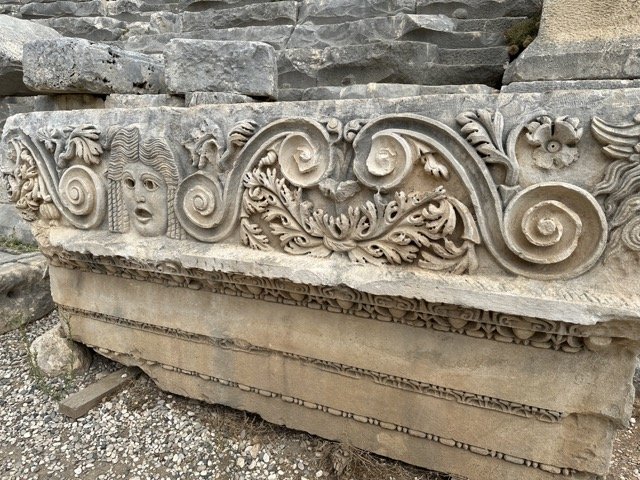


Climbing around on stone structures in the Mediterranean sun can be hot and tiring so before continuing on we walked down the road to a pomegranate stand for a cup of freshly squeezed juice. Pomegranates are grown throughout Turkey, especially in coastal regions around the Aegean and Mediterranean. Many Turks plant pomegranate trees in their gardens as it is believed the harvest will bring luck to their family. We enjoyed the fresh juice so much we bought two additional bottles - besides, it couldn’t hurt to imbibe a little Turkish luck.
Our next stop was a brief walkabout in Kaș (pronounced KASH) before continuing on to Kalkan where would spend a few days. Kaș is built on a hill overlooking a beautiful harbor and has a view of the Greek island of Kastelorizo just 7 kilometers away. There are fewer resorts littering the promenade here and the sense of a former working fishing village is still present. We walked around the old city center which is full of cute, colorful, buildings and narrow cobblestone streets. Out of all the places I’ve now been to in Turkey, I have to say Kaș had a kind of bohemian vibe. The locals seemed much more relaxed somehow. Perhaps because it was early afternoon and the city apparently comes alive after sundown. In any case it was time to move on.
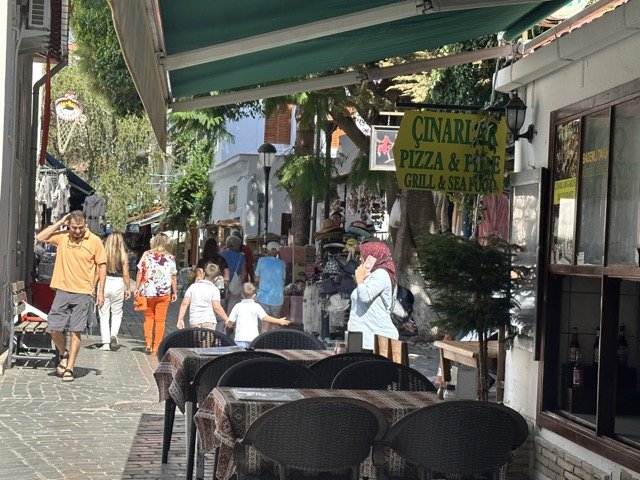
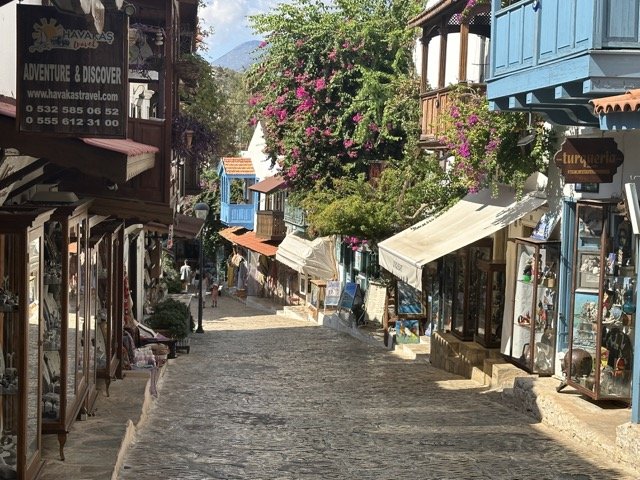

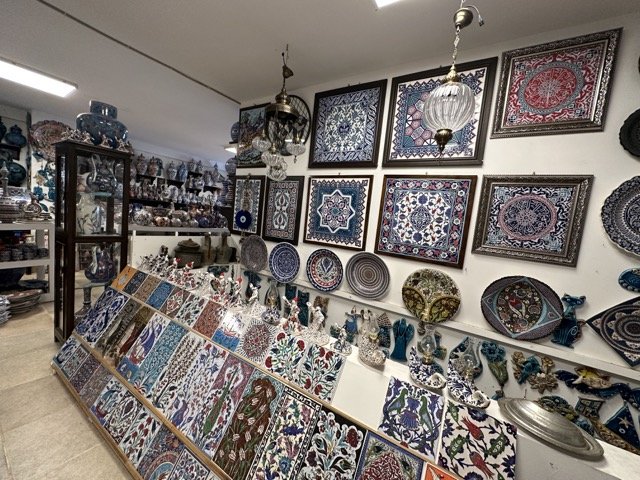
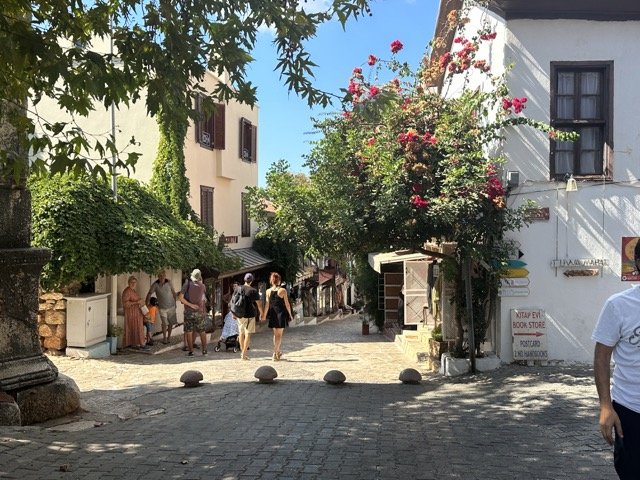
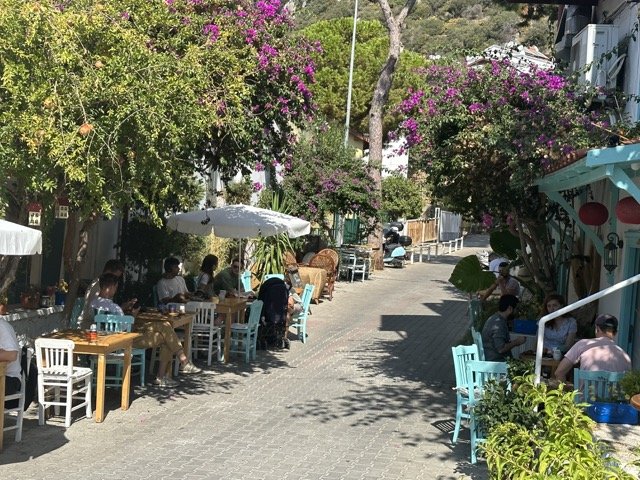
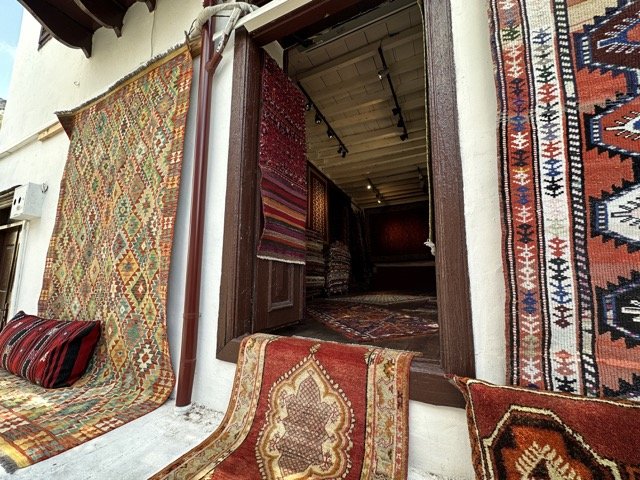
We drove on to Kalkan where we had reserved a room in a small family run hotel again overlooking a harbor (because, duh, boats!). Like Finike, Demre, and Kaș, Kalkan is part of the Lycian Way. I had never heard of this trail until traveling through Turkey but I’ve become fascinated by it and would someday love to hike part of it.
This trekking route, known as the Lycian Way, is 535-kilometers long and passes through the coastline as well as through the mountains. It is considered one of the worlds best long distance hiking routes. Apparently it is well marked and extremely safe - you just need to be aware of scorpions, snakes and wild pigs! There are organizations which will arrange your hotels along the way and transfer your baggage so you need only carry a day pack. You can hike just a portion of the trail, or the entire trail in about 40-45 days. Something worth looking into if you enjoy hiking vacations.
Kalkan was settled around 200 years ago by people of both Greek and Turkish origin subject to the Ottoman Empire. It was once known by its Greek name “Kalamaki.” Camels brought goods to Kalkan from the nearby valleys and from some of the distant mountain highlands. Cargo ships were then loaded in Kalkan’s harbor to sail for the far reaches of the Ottoman Empire carrying charcoal, silk, olive oil (still produced in Kalkan) and wine, as well as cotton, grain, sesame seed, flour, grapes, acorns (used for dye), and lumber from the vast cedar and pine forests.
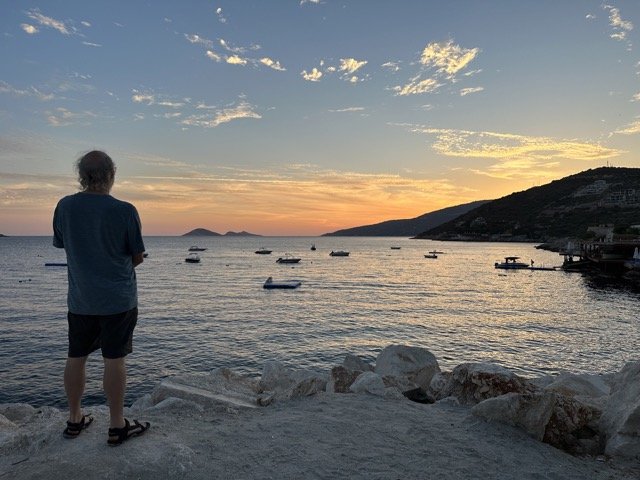
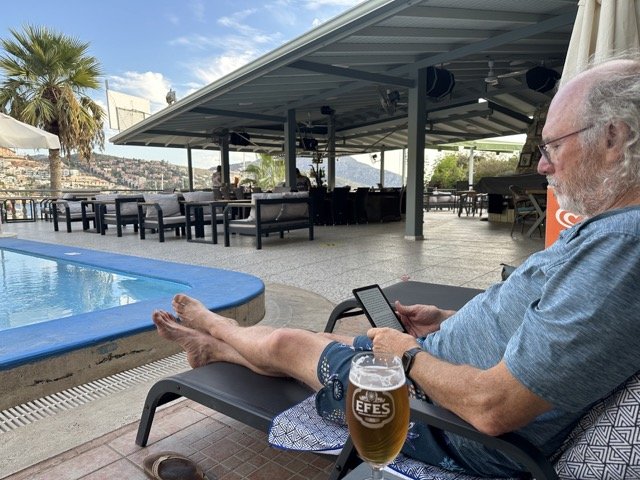
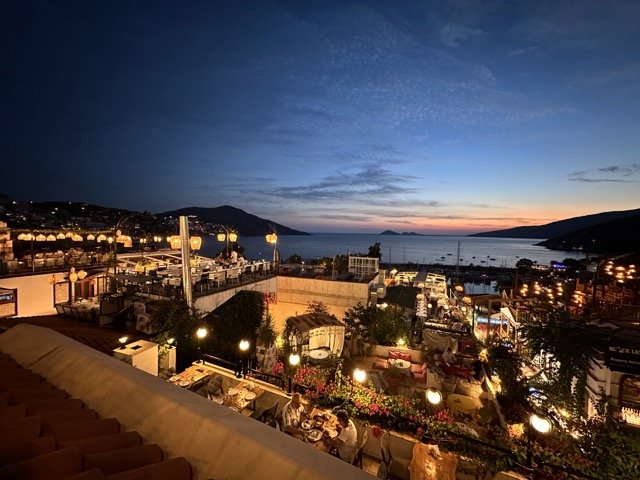
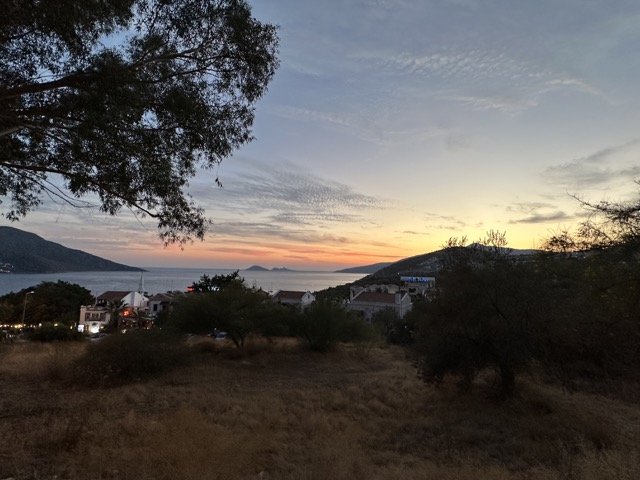
At this point along our road trip we realized we were disinterested in continuing to move every one to two days - it takes a considerable amount of effort even if only driving an hour or so between towns. So we mapped out the next couple of weeks, including securing accommodations for three or four days at a time, and then we relaxed by the pool with our books, swam in the ocean, meandered into the village for sunset dinners on the rooftop terraces overlooking the bay, and drank in the salty air and cool sea breezes.










